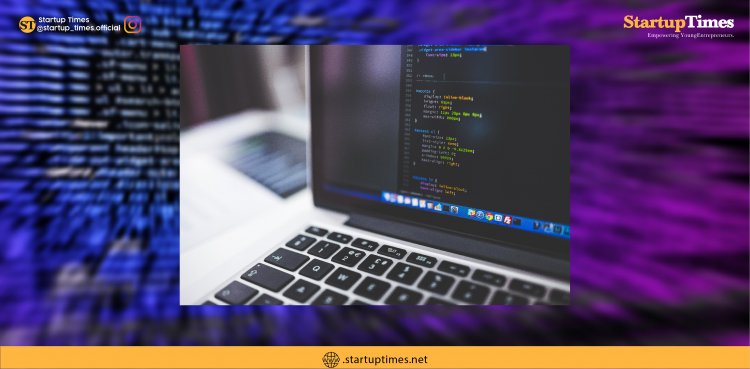Top 5 IoT programming languages in 2021
Here are some of the top choices that are being used to build the foundations of the next generation of things connected to the Internet.

The internet of things, or IoT, is a system of interrelated computing devices, mechanical and digital machines, objects, animals, or people provided with unique identifiers and the ability to transfer data over a network without requiring human-to-human or human-to-computer interaction.
A thing in the internet of things can be a person with a heart monitor implant, a farm animal with a biochip transponder, an automobile that has built-in sensors to alert the driver when tire pressure is low, or any other natural or human-made object that can be assigned an Internet Protocol (IP) address and can transfer data over a network.
Increasingly, organizations in various industries are using IoT to operate more efficiently, better understand customers to deliver enhanced customer service, improve decision-making, and increase the value of the business. Here is the list of programming languages that are best for IoT development:
Java
Java is one of the most popular programming languages that is cross-platform and portable. Java’s advantages are well known. Developers can create and debug code on their desktop and then move it to any Java Virtual Machine chip. That means the code can run not just on places where JVMs are common (servers and smartphones) and on the smallest machines.
C
The syntax is cluttered with punctuation, and there are a million different little mistakes you can make. However, the language is still the first choice for many programmers who write for the lowest software layer, the one closest to the hardware. The language hides nothing from you, which means you can fiddle with every part of the code to squeeze out the best performance from an underpowered device. Every bit can be flipped. Every value on the stack is available. Just don’t make a mistake, because there are few safety nets.
Python
It started as a scripting language to glue together real code, but it’s increasingly used as the primary language for many developers. When small devices have enough memory and computational power, the developers are free to choose the language that makes their life more comfortable, and that is more and more often turning out to be Python.
JavaScript
While many still think of JavaScript as a language for popping up alert boxes on web pages, the language’s relatively newfound popularity on the server makes it a surprisingly popular choice for IoT applications. A full 41.8 percent of the developers in the Eclipse survey chose JavaScript, and 31.5 percent indicated that they were using Node.js in their projects.
Swift
While Swift is still mainly used to build applications for Apple’s iOS and macOS devices, these machines' preponderance means that it’s often part of the IoT stack. If you want your things to interact with an iPhone or an iPad, you’re probably going to want to build the app in Swift (or perhaps its predecessor, Objective C).













